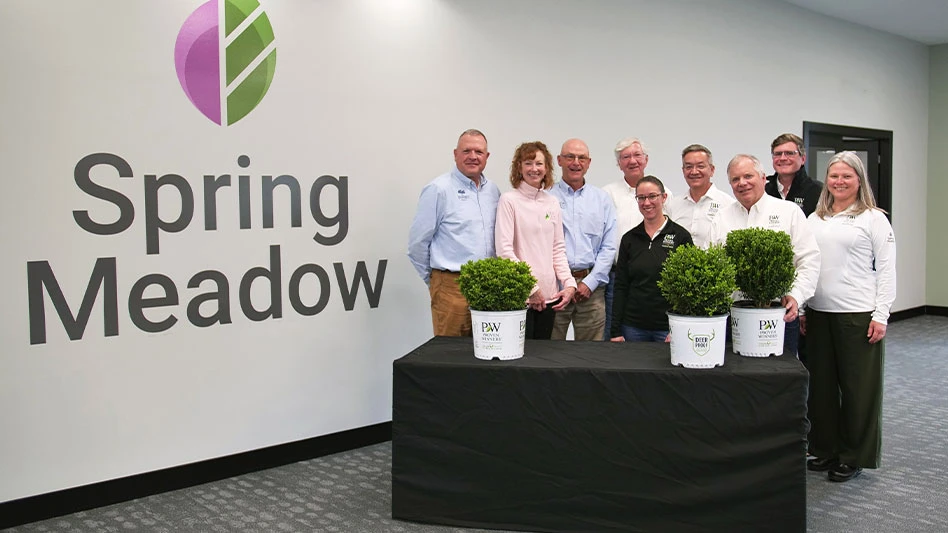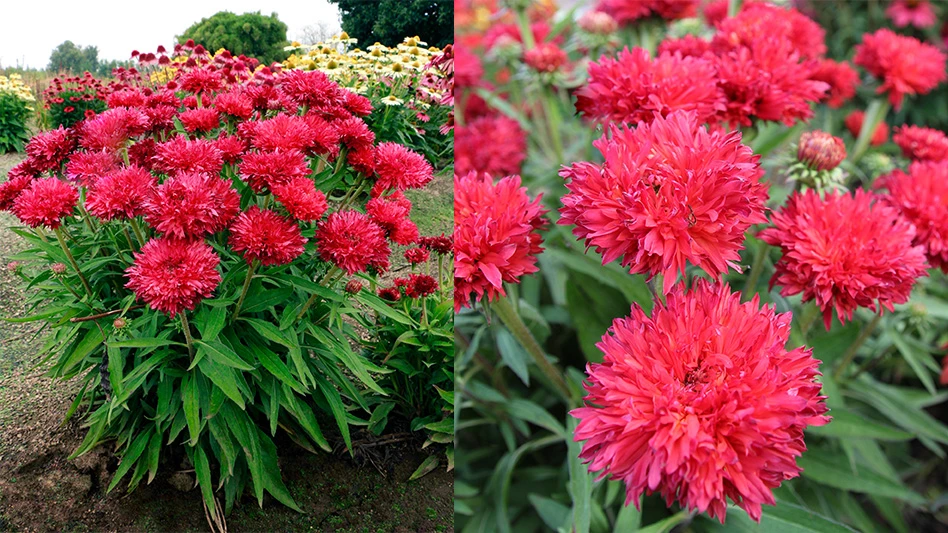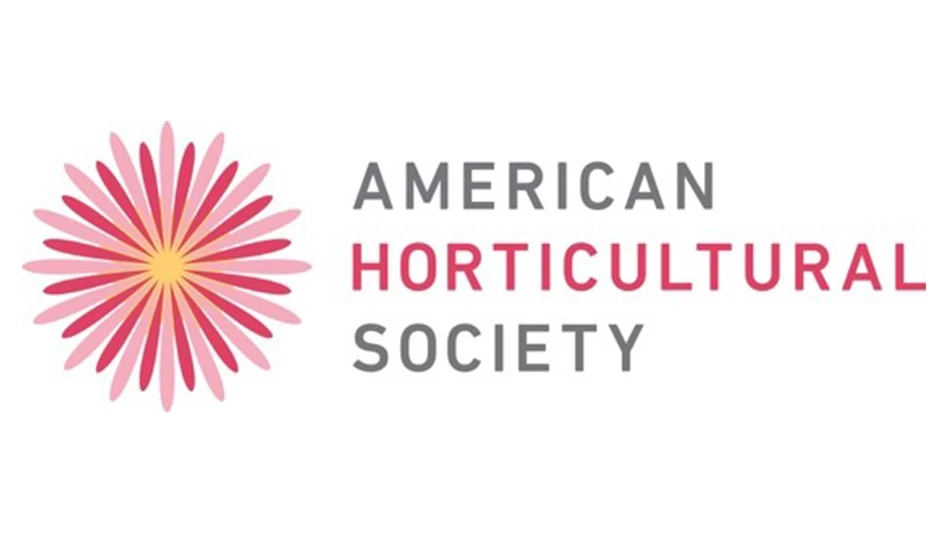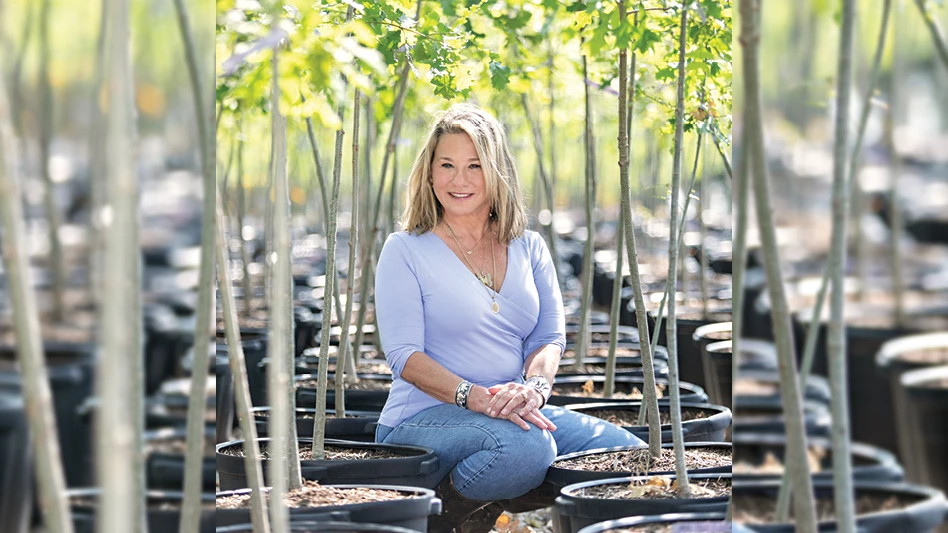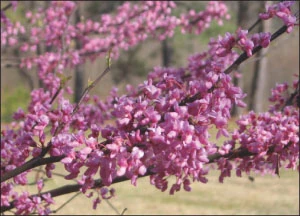
|
|
C. canadensis (eastern redbud) offers picturesque flowers, bark and form.
The eastern redbud has a short trunk, rounded crown of spreading branches and pink flowers that cover the twigs in spring. The eastern redbud is a 15- to 30-foot tree with maroon-purple trunks and a wide, umbrella-like crown. Its pink flowers, borne in tight clusters along the stems and branches before new leaves appear, create a showy spring display. The smooth and heart-shaped, deciduous foliage does not have significant fall color. Stunning tiny pink flower clusters cover the entire tree. The eastern redbud grows rapidly and grows in full sun and part shade. It’s often found as an understory tree.
The eastern redbud was named the 2010 Urban Tree of the Year by the Society of Municipal Arborists.
Redbud beat out live oak, dawn redwood, and Princeton elm by Urban Tree of the Year voters.
Voters’ voices
Hear some of the voters’ comments about this charming tree.
Redbud occupies an important niche under overhead utility lines and in tree pits where wide sidewalks allow it room to spread, he said. Factors often cited for limited use of redbud as a street tree in New York City, including low branching height, are less of a concern now as more nurseries are growing an expanded selection of species that are better suited for street tree use.
Brett O’Brien, of the Missouri Natural Resources, likes redbud’s adaptability.
“I find eastern redbud attractive, remarkably adaptive and one of the best flowering native woodland trees available for Columbia’s parks and urban landscape,” O’Brien said. “It has shown a great deal of tolerance to heavy clay soil and other tough conditions.”
In Vancouver, British Columbia, Canada, eastern redbuds are tolerant of pollution, heat and drought. But in Surrey, B.C., redbuds used for street landscaping have had a higher-than-average mortality rate during establishment than the general street tree population. The problem is likely damage from motor vehicles; and the deep, high quality soils of the medians allowed the trees to have rapid shoot elongation, which has led to weak stems and branches that have broken easily during heavy snowfalls.
Baton Rouge, La., is dotted with many redbuds.
“It’s a hardy, low-maintenance small tree that people seem to love,” said Stephen A. Shurtz of the City of Baton Rouge. “Although technically an understory species, we use it a lot on small boulevards and other full sun locations. It is easier for us to grow than dogwood in our heavy soils and provides a colorful alternative to the omnipresent crape myrtles.”
Voters comments were provided by City Trees, the magazine of the Society of Municipal Arborists; www.urban-forestry.com.

Explore the July 2010 Issue
Check out more from this issue and find your next story to read.
Latest from Nursery Management
- The HC Companies, Classic Home & Garden merge as Growscape
- Eason Horticultural Resources will now officially be known as EHR
- BioWorks receives EPA approval for new biological insecticide for thrips, aphids, whiteflies
- Ellen Mackenbach-Lakeman appointed new CEO of Dümmen Orange
- Southern Garden Tour sets 2025 dates for trial garden open houses
- New book explores plants that thrive in Rocky Mountains
- American Floral Endowment establishes Herman Meinders Memorial Tribute
- These companies are utilizing plastic alternatives to reduce horticultural waste



